Brazilian Beverages: Basic Overview
Common Ingredients
Common Preparing Methods
Key Taste
Drinking Etiquette
Culinary Festivals
Influence and Fusion
Classifications of Brazilian Beverages
-
Alcoholic
Brazilian alcoholic beverages feature many festive spirits and rich cultural heritage.
These drinks reflect a blend of indigenous, African, and European influences.
-
Non-Alcoholic
Brazil’s non-alcoholic drinks highlight the country’s tropical fruits and creativity.
Served across various settings, they offer a refreshing taste.
Brazilian beverages are a blend of indigenous traditions and European influences, featuring a combination of unique ingredients and techniques. They utilize a variety of local fruits and other native ingredients.
Widely known drinks include cachaça, coffee, and popular cocktails like the Caipirinha. Notably, alcoholic beverages in Brazil are more abundant than non-alcoholic ones.
These drinks will guide you through a delectable realm, detailing famous alcoholic and non-alcoholic beverages, their unique features, and their significance in major Brazilian celebrations.
Furthermore, the article will delve into the indigenous ingredients that set Brazilian beverages apart and dishes to enhance your drink experience.
14 Popular Brazilian Beverages with Filters
While doing your read, allow me to give you a helping hand with the filter system that classifies these drinks according to their alphabetical order, tastes, ingredients, drink types, preparation methods, and worldwide popularity.
Afterward, you should spend some time having a look at the most popular, national, and traditional concepts of drinks coming from Brazil:
Cajuína
- Non-Alcoholic
- Traditional
Cajuína is a traditional non-carbonated beverage from the northeast region of Brazil, particularly favored in the states of Ceará and Piauí. This amber-hued drink uses cashew apples as the main ingredient.
To make cajuína, it’s all about deseeding and juicing cashew apples before clarifying the juice using cashew tree sap or gelatin. Then, the concoction is sterilized and bottled for the final product, offering a sweet and slightly acidic taste.
This genuine flavor often complements meat or seafood dishes quite well. Also, in Brazil, ‘cajuína’ is also the name of a cashew-flavored carbonated soda.
Chimarrão
- Non-Alcoholic
- Traditional
Chimarrão is a South American-infused herbal drink, known as cimarrón or yerba mate. The concoction is steeped in hot water, with the ingredient being the dried leaves of the yerba mate (Ilex paraguariensis).
For serving, the iconic metal straw (bombilla) and calabash gourd container (mate) are common items to enjoy chimarrão. Some places even offer the mix with milk or fruit juices.
As the national beverage of Argentina, Paraguay, and Uruguay, chimarrão is also popular in the southern states like Parana, Rio Grande do Sul, and Santa Catarina of Brazil.
With a rich caffeine content, chimarrão’s bitter and vegetal flavor might surprise first-timers. The drink is even available in tea bags, loose-leaf form, or bottled iced tea.
Guaraná
- Non-Alcoholic
- Traditional
Guaraná is a Brazilian soft drink using a native fruit called guaraná. The extract from this unique fruit lends a mild or sweet taste to the mix.
Surprisingly, guaraná even has a caffeine content higher than coffee. Also, the term ‘Guaraná’ describes any Brazilian drink that features this particular extract.
Limonada Suíça
- Non-Alcoholic
- Traditional
Limonada suíça is a lemonade drink originating from Brazil, offering a distinctive blend of tangy and creamy notes. This traditional lemonade combines whole limes, sugar, condensed milk, ice cubes, and water to create a slushy texture.
While this version of the drink includes condensed milk, some recipes leave it out. Limonada suíça is perfect for sipping on hot summer days after blending the ingredients and straining.
However, limonada suíça can become bitter if left standing for too long. The drink is also called Swiss lemonade, as condensed milk was introduced by the Swiss company Nestle in the 1940s.
Cafézinho
- Non-Alcoholic
- Traditional
Cafézinho is the Portuguese term for Brazilian-style coffee, which translates to ‘small coffee’, hence the way people serve the drink in small espresso cups. Created in the 18th century, this black coffee is occasionally mixed with rapadura, an unrefined cane sugar.
This brew is a sweetened coffee prepared by boiling water with sugar, and stirring in coffee powder before straining and serving. The Brazilian-style coffee pairs well with snacks like cookies or sugar-dipped orange peel.
Aluá
- Alcoholic
- Traditional
Aluá is a traditional Brazilian fermented beverage with a sour profile. Made from a mix of crushed pineapple rinds, rice, sugar, and ginger, the alcohol content of aluá can vary depending on the fermentation time.
As a homemade drink, locals love aluá, particularly in northern and northeastern Brazil. Also, aluá plays a significant role in the Festas Juninas holiday celebrations.
In Bahia, the drink is associated with the candomblé, a local Afro-Brazilian folk religion.
Cachaça
- Alcoholic
- National
- Traditional
Cachaça is a Brazilian distilled spirit, also known as caninha or pinga, crafted from fermented and distilled sugarcane juice. Pronounced kah-shah-sah, it is the most popular spirit in Brazil, with a subtly sweet and fruity taste.
You can savor the liquor neat, on the rocks, or as an ingredient in Brazilian cocktails like caipirinha, batida, or leite de onça.
The Brazilian spirit comes with a golden or colorless profile and an ABV of around 40%.
Batida
- Alcoholic
- Traditional
Batida is a traditional Brazilian cocktail, made using cachaça, fruit juice like lemons, passion fruits, guavas, and sugar. Some folks love to twist the recipe with a splash of coconut milk, crafting the popular batida de coco.
After a quick blend or shake with ice, batida is served in a zombie glass for a mixture that tastes like a boozy milkshake. The name of this mix is translated to ‘shaken’ or ‘milkshake’ in Portuguese.
Caipirinha
- Alcoholic
- National
- Traditional
Caipirinha is Brazil’s cherished national cocktail that uses cachaça, limes, or other fruits such as pineapples, passion fruits, papayas, and a dash of sugar.
The mix comes with many variations, with options like caipiroska using vodka, sakerinha with sake, and caipirissima favoring rum. In Brazil, people love pairing caipirinha with a hearty feijoada of black bean stew.
Cauim
- Alcoholic
- Traditional
Cauim is an authentic Brazilian beer type with alternative names such as Chicha de Yuca, Masato, Co’no, Lumu Asua, or simply ‘manioc beer’ in English. This alcoholic beverage primarily uses manioc or maize, optionally blended with fruit juices.
Surprisingly, the beer is fermented using the enzymes in human saliva obtained through chewing.
Commonly, Cauim has an alcohol content ranging from low to moderate. The beer is particularly popular during religious rituals, ceremonies, and social gatherings.
Quentão de Vinho
- Alcoholic
- Traditional
Quentão de vinho is a European drink now a cherished part of Brazilian cuisine. Also known as vinho quente, this beverage blends red wine or cachaça with ginger, sugar, and aromatic spices like cloves and cinnamon.
The ingredients are heated together to create a mix, ideal for the festive seasons of Festa Junina and Christmas. People often pair the concoction with snacks and desserts, such as munguza doce (corn coconut pudding) or pamonha (sweet corn mush).
In Brazil, red wine is the choice in the south for making quentão de vinho, while the version with cachaça is preferred in the northeastern part of the country.
Bombeirinho
- Alcoholic
- Traditional
Bombeirinho is a cocktail hailing from Brazil, with the name meaning ‘little firefighter’. The drink is recognizable for its red color, achieved by mixing cachaça with gooseberry syrup and a splash of optional lime juice.
Served primarily in shot glasses, bombeirinho is a go-to staple in bars across Brazil.
Capeta
- Alcoholic
- Traditional
Capeta is a traditional of Brazil, aptly named ‘devil’ for its sweet but fiery profile. This concoction combines cachaça, guaraná powder, sugar, and condensed milk.
The concoction is popular in the northern and northeastern parts of Brazil, where the mix is often served in specialty cocktail bars called ‘Capetarias’.
A staple during carnival and summer festivities, this cold drink is traditionally served over ice in a wide glass.
Beer
- Alcoholic
- National
- Traditional
Brazilian beer is a significant part of Brazil’s culture and history, first introduced by German immigrants in the 19th century. With lagers being the most popular, the country was the third-largest beer market worldwide in 2020, according to Kirin Holdings.
Notable brands include Skol, which was once Scottish but is now a definitive part of Brazil’s beer scene. Antarctica served in sizable 600ml bottles, Brahma enjoyed in small glasses, and Bohemia, the country’s oldest brewery.
Furthermore, beer consumption sees a noticeable spike during the vibrant Carnival season in Brazil, a feature that makes Brazilian beverages well-known.
What Makes Brazilian Beverages Popular?
Brazilian beverages are popular for their unique, refreshing flavors that come from using local, exotic ingredients. Cashew fruit, yerba mate leaves, and guarana fruits are just a few examples.
Locals also employ many local fruits in Brazil to create these refreshments. Many Brazilian drinks are served with ice, making them a great choice for cooling off in the summer heat.
Brazil’s diverse geography lends to a wide variety of these beverages, and many, like cachaça, caipirinha, and cauim, have become deeply embedded in Brazilian culture and lifestyle, adding to their popularity.
How History Impacts Brazilian Beverages?
Brazilian drinks have a rich history and cultural significance that trace back to indigenous, European, and African influences.
Indigenous roots appear in many local concoctions, European migrants introduced ingredients that sparked drinks like cachaça from sugarcane and staples such as coffee and beer.
Meanwhile, the African touch is evident in drinks like aluá, creating a vibrant drinkscape reflecting Brazil’s multicultural heritage.
What Beverages to Have with Brazilian Dishes?
Pairings are necessary for enjoying Brazilian delicacies to the fullest. Therefore, read this section to find out which dishes go great with Brazilian drinks. Don’t worry; I’ll cover appetizers, entrees, and even desserts to enjoy with some of the Brazil in this small section.
What Brazilian Beverages to Pair with Appetizers?
Here are some suggestions for appetizers to try if you’re in Brazil. Don’t miss out on the following options.
These are just a few options for quenching your thirst after having delicious Brazilian staples, as dessert is another mealtime that people in the country often serve with beverages.
What Desserts to Pair with Brazilian Beverages?
Here are the refreshing drink options to pair with your favorite Brazilian desserts:
Don’t just wait! Make your pick, and don’t forget to share your thoughts in the comments below if you’ve enjoyed the journey as much as I did. Don’t forget to share these beverages with everyone around you.



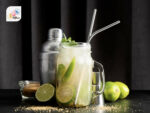

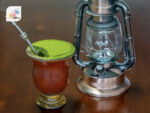

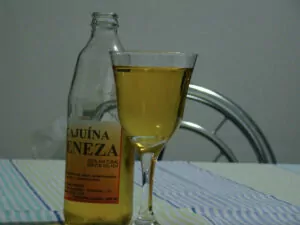
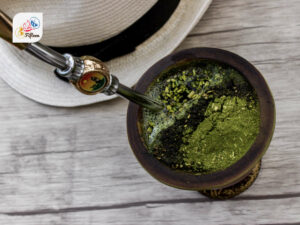
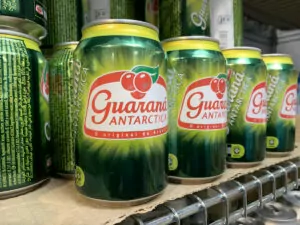
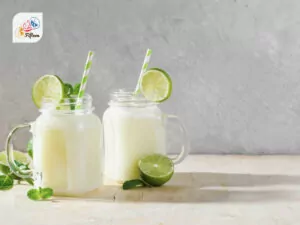
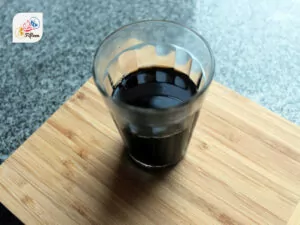

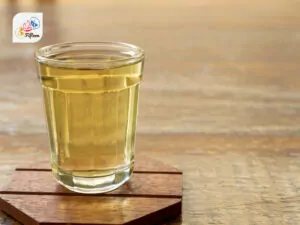
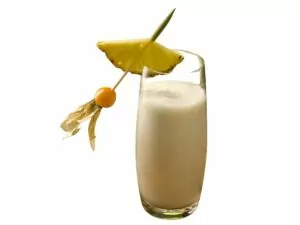
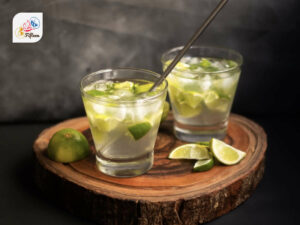
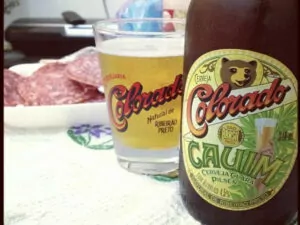
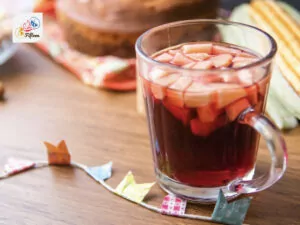
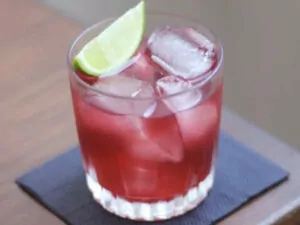

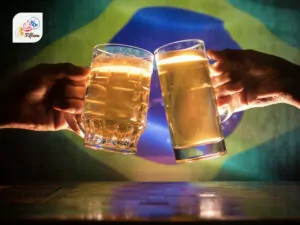

Jamie Scott
Editor in Chief, Senior Content Writer
Expertise
Home Cooking, Meal Planning, Recipe Development, Baking and Pastry, Food Editor, Cooking-video Maker, Western Food Evaluation Expert
Education
Le Cordon Bleu College of Culinary Arts
Local Community College, New York, NY
Jamie Scott is a skilled culinary expert and content creator specializing in Western cuisine. With over 15 years in the culinary field and formal training from Le Cordon Bleu, Paris, Jamie deeply understands how to blend nutrition with delicious flavors. His passion for cooking matches his commitment to making healthy eating accessible and enjoyable.
On Fifteen.net, Jamie brings a fresh perspective to classic dishes and beverages, offering readers insightful recipes, cooking tips, and a fresh view on meal planning that emphasizes taste, health, and simplicity.